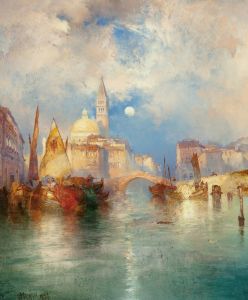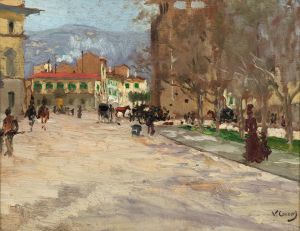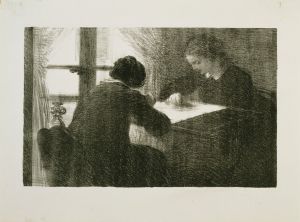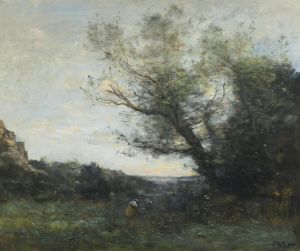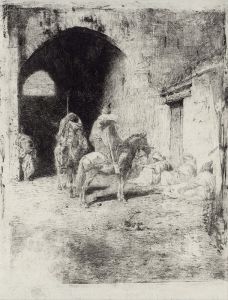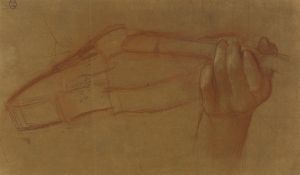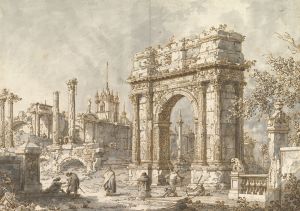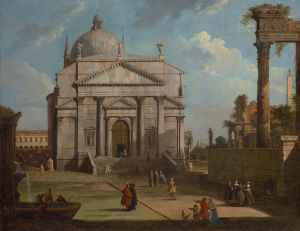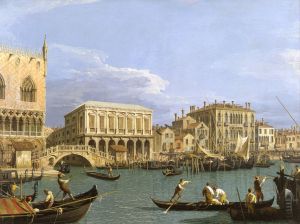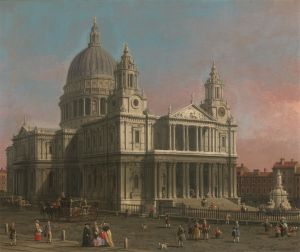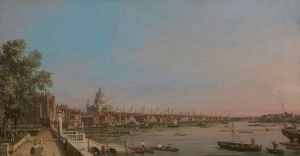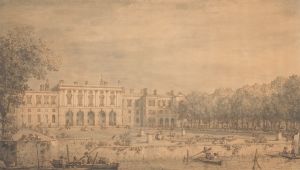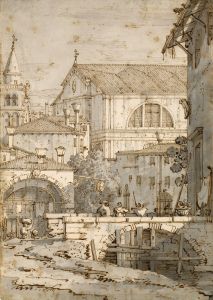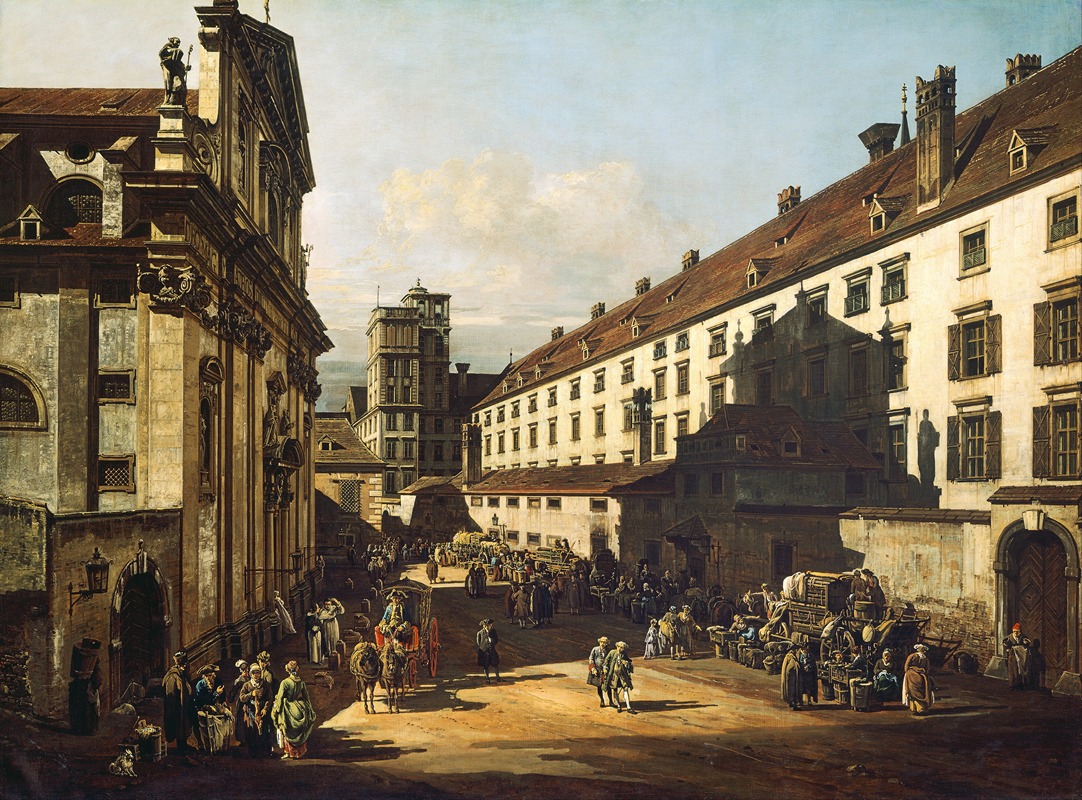
Vienna, Dominican Church
A hand-painted replica of Canaletto’s masterpiece Vienna, Dominican Church, meticulously crafted by professional artists to capture the true essence of the original. Each piece is created with museum-quality canvas and rare mineral pigments, carefully painted by experienced artists with delicate brushstrokes and rich, layered colors to perfectly recreate the texture of the original artwork. Unlike machine-printed reproductions, this hand-painted version brings the painting to life, infused with the artist’s emotions and skill in every stroke. Whether for personal collection or home decoration, it instantly elevates the artistic atmosphere of any space.
Giovanni Antonio Canal, better known as Canaletto, was an Italian painter from the 18th century renowned for his detailed and precise cityscapes. His works primarily depict the grandeur and architectural beauty of Venice, but he also painted scenes from other European cities. One of his lesser-known works is "Vienna, Dominican Church," which captures a view of the Dominican Church in Vienna, Austria.
Canaletto was born in Venice in 1697 and developed his skills under the tutelage of his father, Bernardo Canal, a theatrical scene painter. This background influenced Canaletto's ability to create expansive and detailed cityscapes. His work is characterized by a meticulous attention to architectural detail and a keen sense of perspective, which he achieved through the use of a camera obscura, a device that projects images onto a surface, allowing for accurate rendering.
"Vienna, Dominican Church" is an example of Canaletto's work outside of Venice, showcasing his ability to capture the essence of a city's architecture and atmosphere. The Dominican Church, also known as the Church of St. Maria Rotunda, is a significant Baroque structure in Vienna. It was originally built in the 13th century but underwent significant reconstruction in the 17th century, resulting in the Baroque style that Canaletto depicted.
The painting illustrates Canaletto's skill in portraying architectural details and his ability to infuse his works with a sense of liveliness. The church's façade, with its intricate details and grandiose design, is rendered with precision, reflecting Canaletto's mastery of perspective and light. The painting likely includes figures and daily life scenes, which were common in Canaletto's works, adding a dynamic element to the static architecture.
Canaletto's time in Vienna was part of his broader travels across Europe, which included extended stays in England and other parts of the continent. These travels were partly motivated by the demand for his work among European aristocrats and collectors who admired his ability to capture the essence of urban landscapes. His paintings were highly sought after, and he became one of the most celebrated vedutisti, or view painters, of his time.
The significance of "Vienna, Dominican Church" lies in its representation of Canaletto's broader oeuvre and his contribution to the genre of vedute. His works provide valuable insights into the urban landscapes of 18th-century Europe, serving as historical documents that capture the architectural and cultural milieu of the time.
While "Vienna, Dominican Church" may not be as widely recognized as Canaletto's Venetian scenes, it remains an important piece within his body of work, illustrating his versatility and the breadth of his artistic endeavors. Canaletto's legacy continues to be celebrated for his ability to combine technical precision with artistic beauty, making his cityscapes enduringly popular among art historians and enthusiasts alike.






